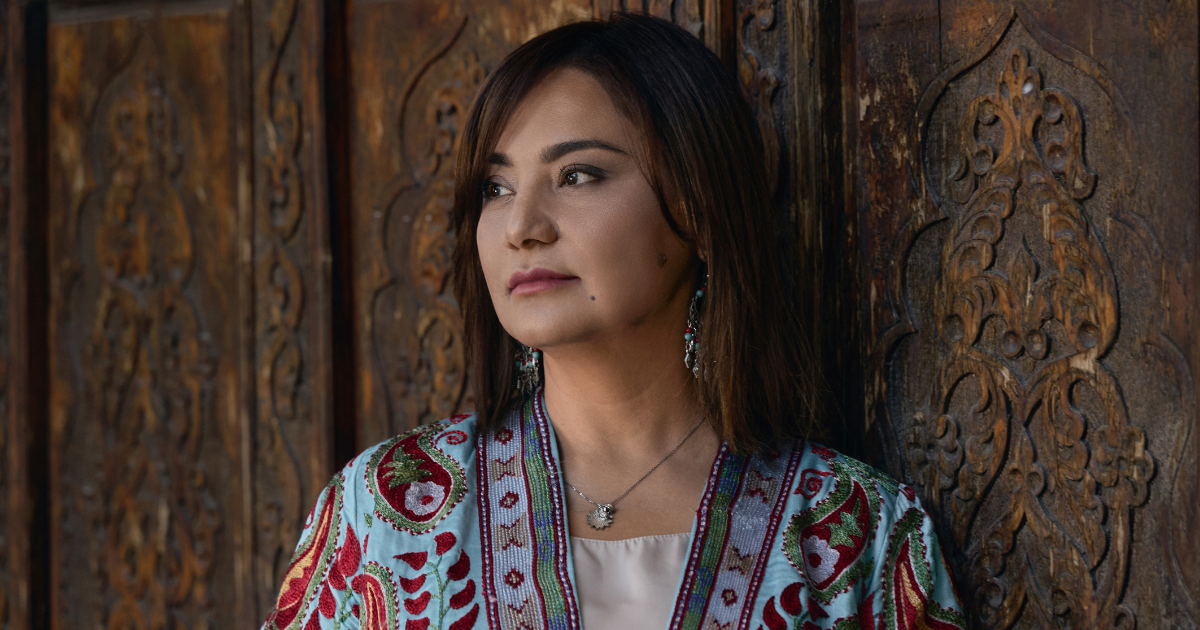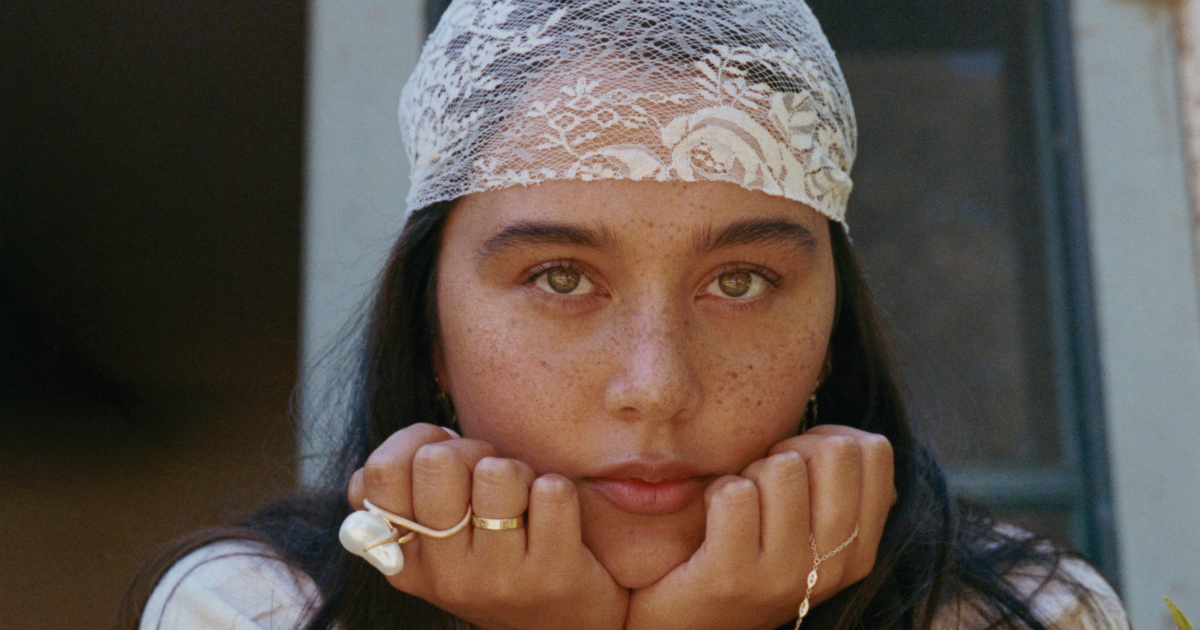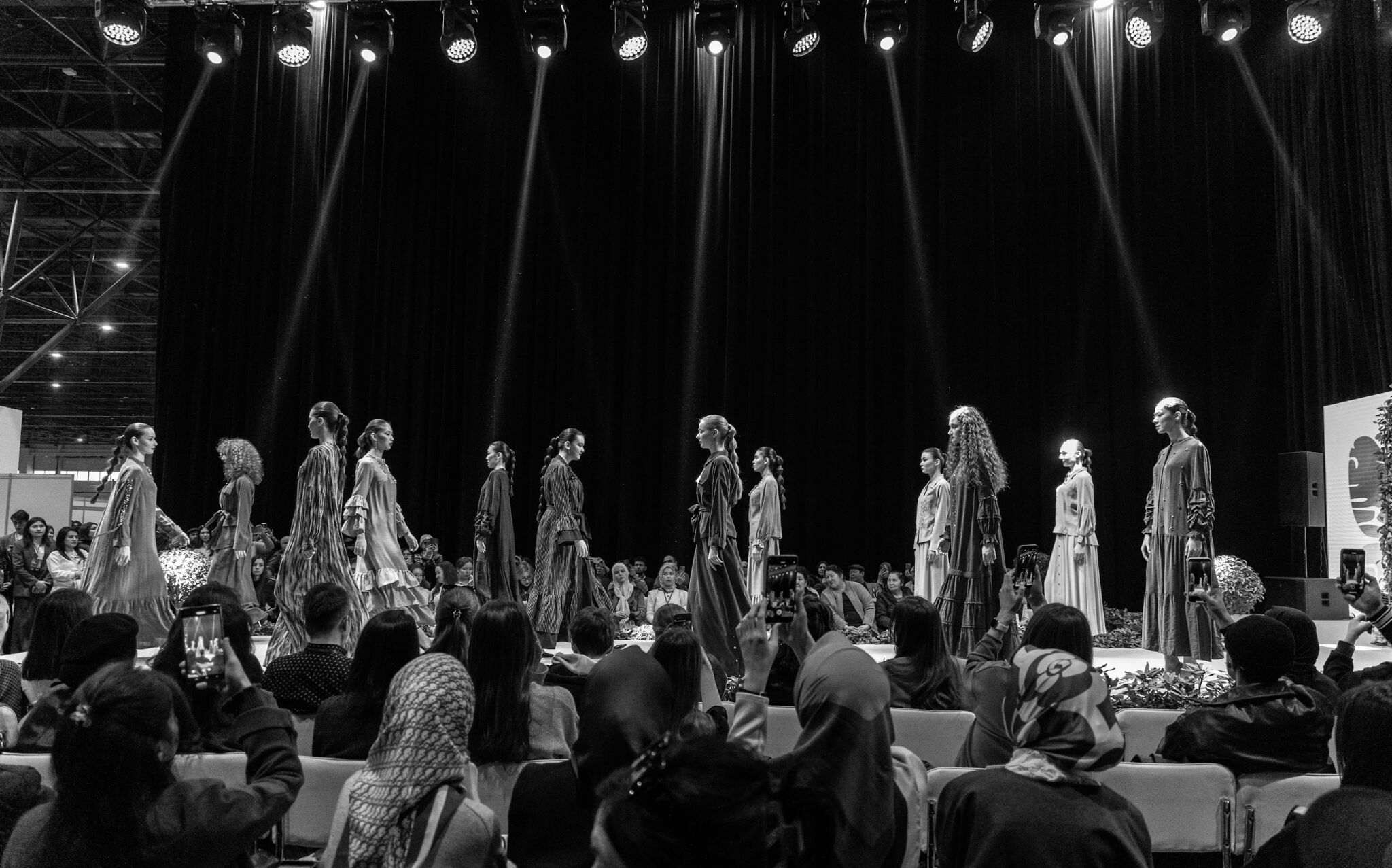Paranja
The history and modern interpretation
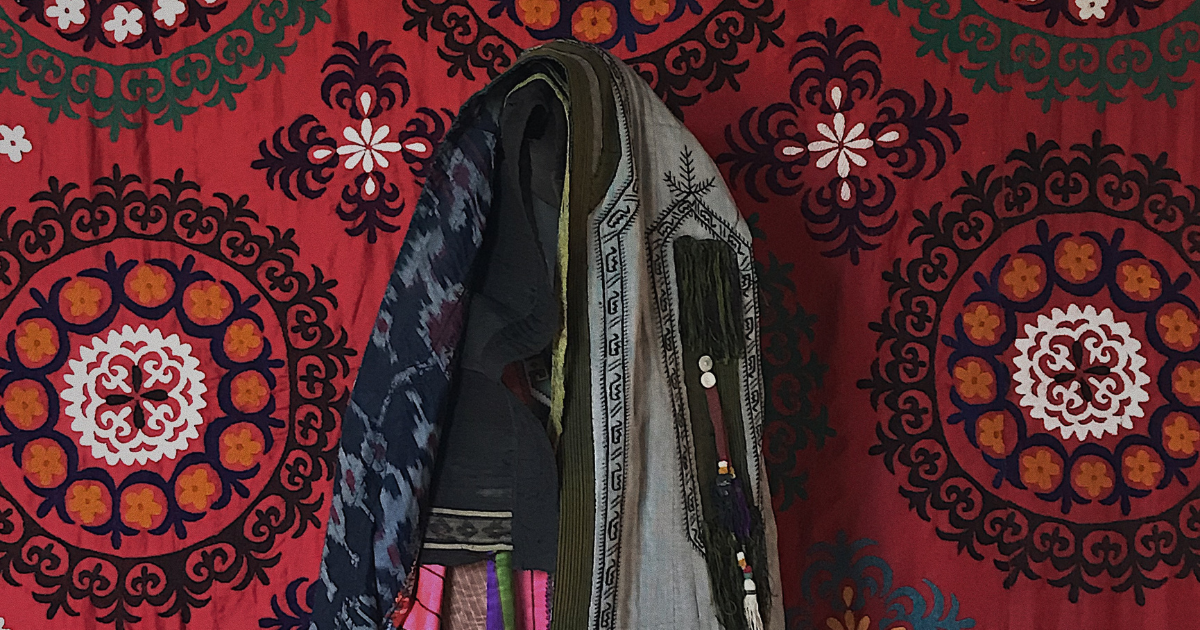
Clothing in Central Asia has always played a significant role in society, categorized by gender, age, and social status. Certain garments were mandatory in public, and one such item was the paranja.

photo: Serafim Dim
History
The word "paranja" comes from the Persian "faraji," which originally referred to a loose-fitting men’s outer garment with long sleeves. However, by the 16th century, faraji was worn by both men and women. In Central Asia, the culture of wearing the paranja peaked in the 19th and 20th centuries. In Uzbek cities, up until 1917, the paranja was an obligatory part of women's streetwear. This garment was a loose cloak worn over the head that covered the entire body. The cloak featured false sleeves hanging at the back, and a dense veil called a "chachvan" made from horsehair covered the face. The paranja itself was often adorned with embroidery, jiyak braid, and trimmed with velvet or satin, with colorful thread and bead tassels attached to the sleeves as a wish for abundant offspring. The garments worn under the paranja were modest and comfortable. Beyond its primary purpose of concealing a woman’s face and figure from strangers, the paranja also served as a means of thermal regulation in a climate where mountainous regions faced harsh winds and plains experienced unbearable heat.

illustration by Serafim Dim
Instead of a passport
Although today the paranja is often seen as a purely religious item, in the past, it conveyed social information. The color and type of fabric indicated a woman’s age, the decorative details signified her social status and even the number of children she had. A girl received her first paranja at nine years old, and she would get another one or two when she got married. The fabric type varied with the seasons, including velvet, adras, silk, semi-silk, and others.
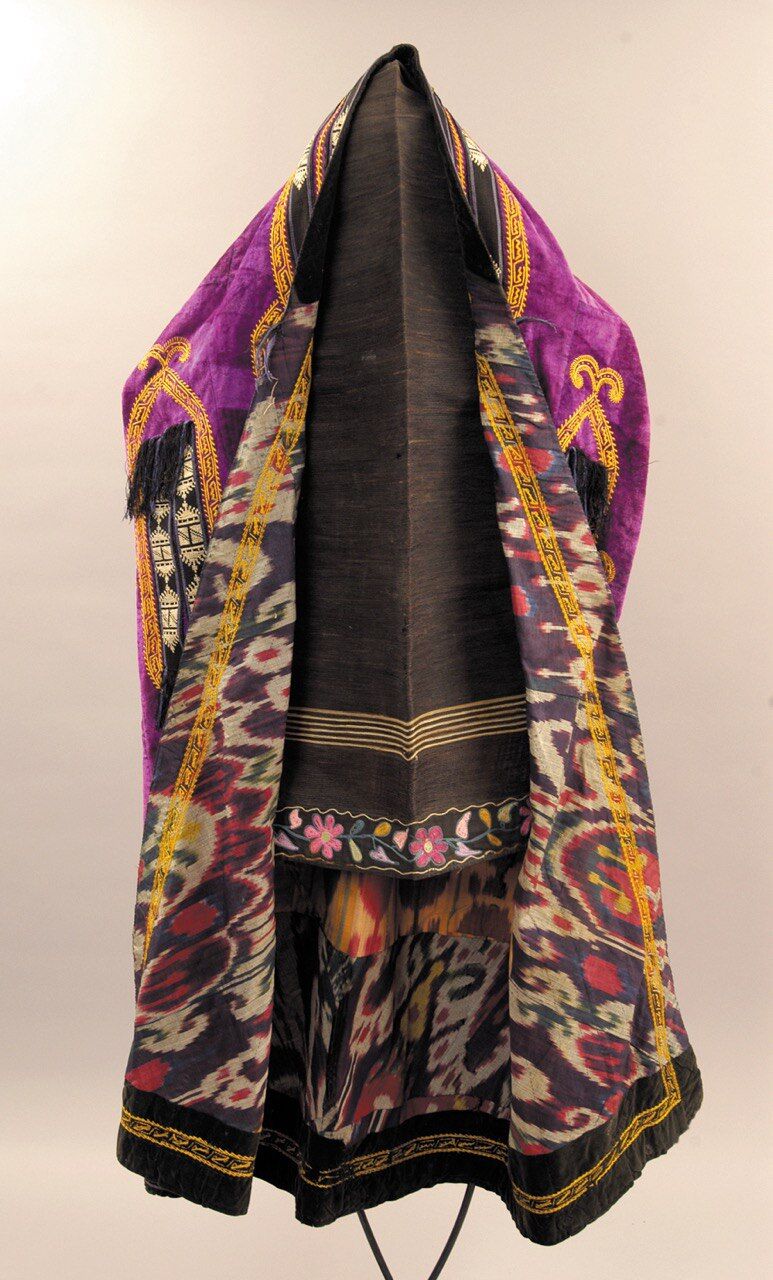
photo: MAiP 18535
Modern perception
Today, while wearing the paranja in public places is prohibited, many fashion enthusiasts continue to draw inspiration from this unique garment, now wearing it over the shoulders instead of the head. Where women once resisted wearing the paranja, it has now become a popular item for photoshoots, similar to the well-known chapan. Vintage or antique paranjis are highly valued, and some designers are recreating the garment in high fashion. The only noticeable difference in the modern paranja is the absence of the chachvan veil.
